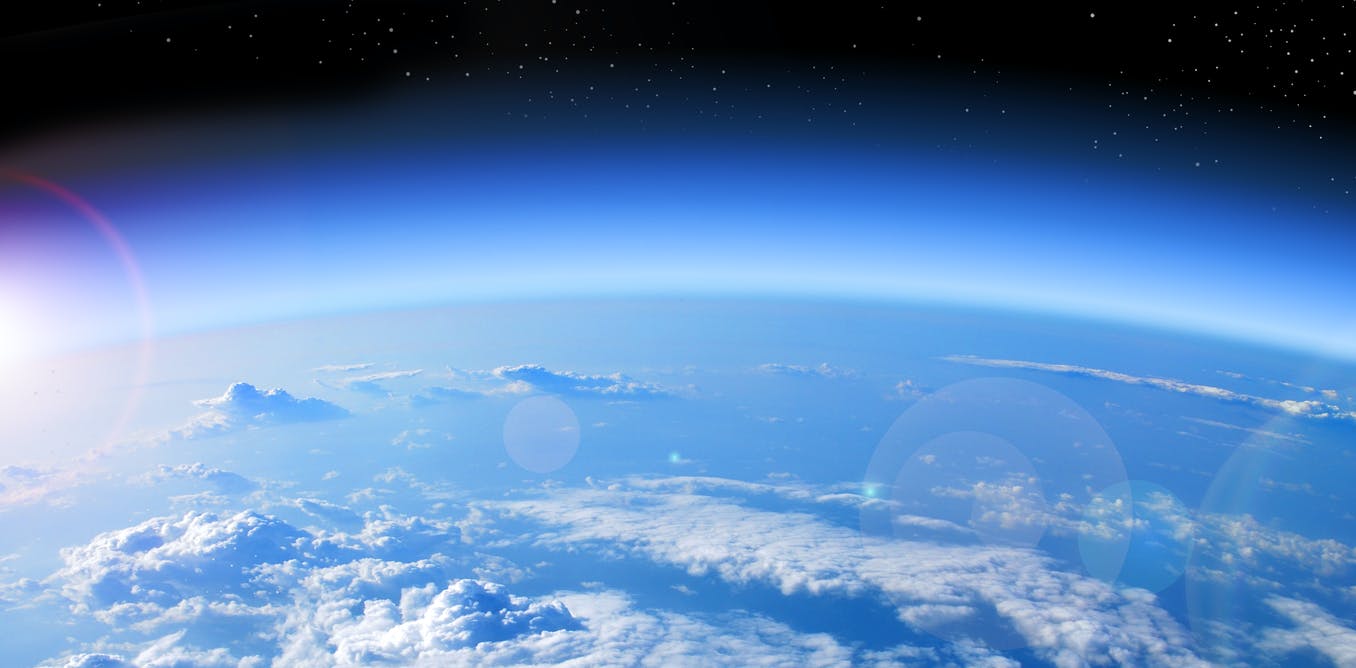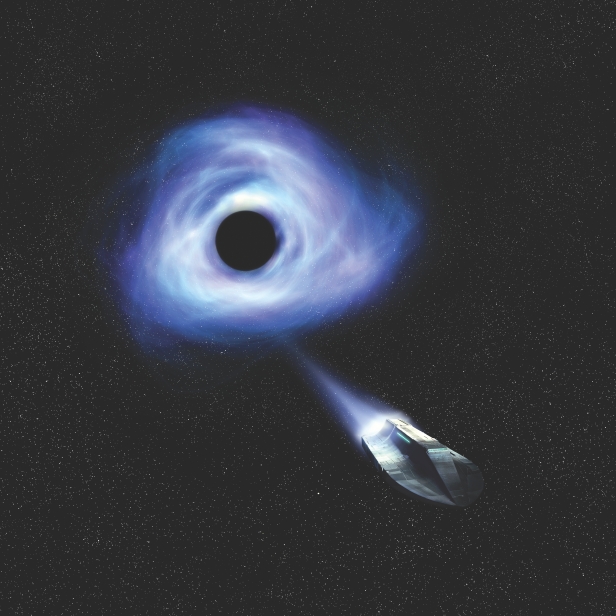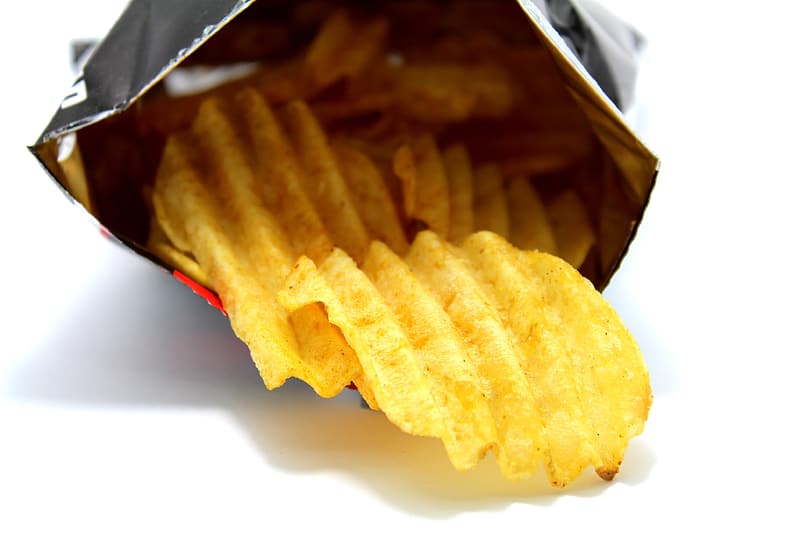Question 1
Which of the following is related to black holes?

(a) Infinite density
(b) Event horizon
(c) Centre of a galaxy
(d) All of the above
Question 2
Assuming there is a twin, one named Yin and other Yang, they are brought up on different planets after they were born. Yin lived her life on Earth whereas Yang on another planet near a black hole. Who will be getting old faster?

(a) Yin
(b) Yang
(c) They will age the same
(d) Undetermined
Question 3
What wavelengths of light are NOT mostly absorbed by the atmosphere?

(a) Visible light, UV
(b) Visible light, Radio waves
(c) X-ray, Gamma-ray
(d) Radio waves, UV
Question 4
What can you not do from within a black hole?

(a) Escape from a black hole
(b) Be spaghettified
(c) See anything
(d) None of the above
Question 5
A boy throws four stones of same shape, size and weight with equal speed at different initial angles with the horizontal line. If the angles are 15, 30, 45 and 60 degree at which angles the stone will cover the maximum distance horizontally?

(a) 15 degree
(b) 30 degree
(c) 45 degree
(d) 60 degree
Question 6
Which gas is added in a bag of chips to prevent its oxidation?

(a) Carbon dioxide
(b) Nitrogen
(c) Helium
(d) Ammonia
Answer
Question 1: (d) All of the above
According to general relativity, a gravitational singularity, a point where the density is infinite, is at the centre of a black hole. Also, a black hole has its boundary within which the black hole's escape velocity is greater than the speed of light called ‘event horizon'. A black hole can be formed from compact masses and those masses are usually at the centre of galaxies. Reinhard Genzel and Andrea Ghez won the Nobel Prize in Physics 2020 for "The discovery of a supermassive compact object at the centre of our galaxy."
Question 2: (a) Yin
Time runs slower on the planet near the black hole compared to Earth. According to general relativity, time runs slower near a body with greater gravitational pull. Therefore, Yin will age faster. The situation is also explored in the movie ‘Interstellar’ directed by Christopher Nolan, with Shaw Prize and Nobel Prize Laureate Kip S Thorne as scientific consultant and executive producer.
Question 3: (b) Visible light, Radio waves
The atmosphere of Earth is transparent to visible light and radio waves which means these two types of electromagnetic waves can easily reach the ground. That’s why we can see the Sun, the Moon and stars by eye and use our smartphones to watch YouTube! If the atmosphere were transparent to high-frequency (and thus high-energy) light such as UV and X-ray, lives on Earth as we know it would be extinct.
Question 4: (a) Escape from a black hole
Once inside the horizon of a black hole, not even light, the fastest objects in the Universe, can reach the outside of the horizon. Tidal effects will cause "spaghettification" near the centre of the black hole where an unfortunate soul near the singularity will be stretched immensely. While the name black hole might suggest in-falling observers cannot see anything, light can still reach an observer falling inwards, although both light and the observer will fall into the centre of the black hole.
Question 5: (c) 45 degree
As the boy throws stones at different angles with horizontal line, they all moves in a curved path and their motion is known as projectile motion. For projectile motion, the horizontal distance covered, d, by the body is given as
 , where
, where
v is the velocity at which the projectile is launched
θ is the angle at which the projectile is launched
g is the gravitational acceleration
Given that the stones were thrown at equal speed, the horizontal distance will be determined by sin2θ, sin2θ will be the highest when θ = 45, i.e., sin 90 = 1. Therefore, to cover the maximum distance horizontally, the stone should be thrown at 45 degree.
Question 6: (b) Nitrogen
When fat and oil is oxidised, they become rancid. Their smell and taste change. Nitrogen is very stable and unreactive compared to oxygen and can act as an antioxidant. It can prevent the chips from being oxidised. It is widely used in food packaging to increase shelf-life and provide a cushion around the food to keep it from breaking.


